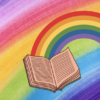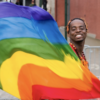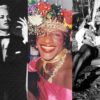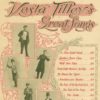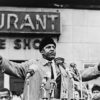Activism and Legislation

In this lesson, students learn the provisions of the 14th and 15th amendments and the political forces supporting and opposing each. They will evaluate the agendas, strategies and effectiveness of Americans from underrepresented groups, including people with disabilities, in the quest for civil rights and equal opportunities and explore how laws uphold democratic ideals and how changes in laws accompany social change.

